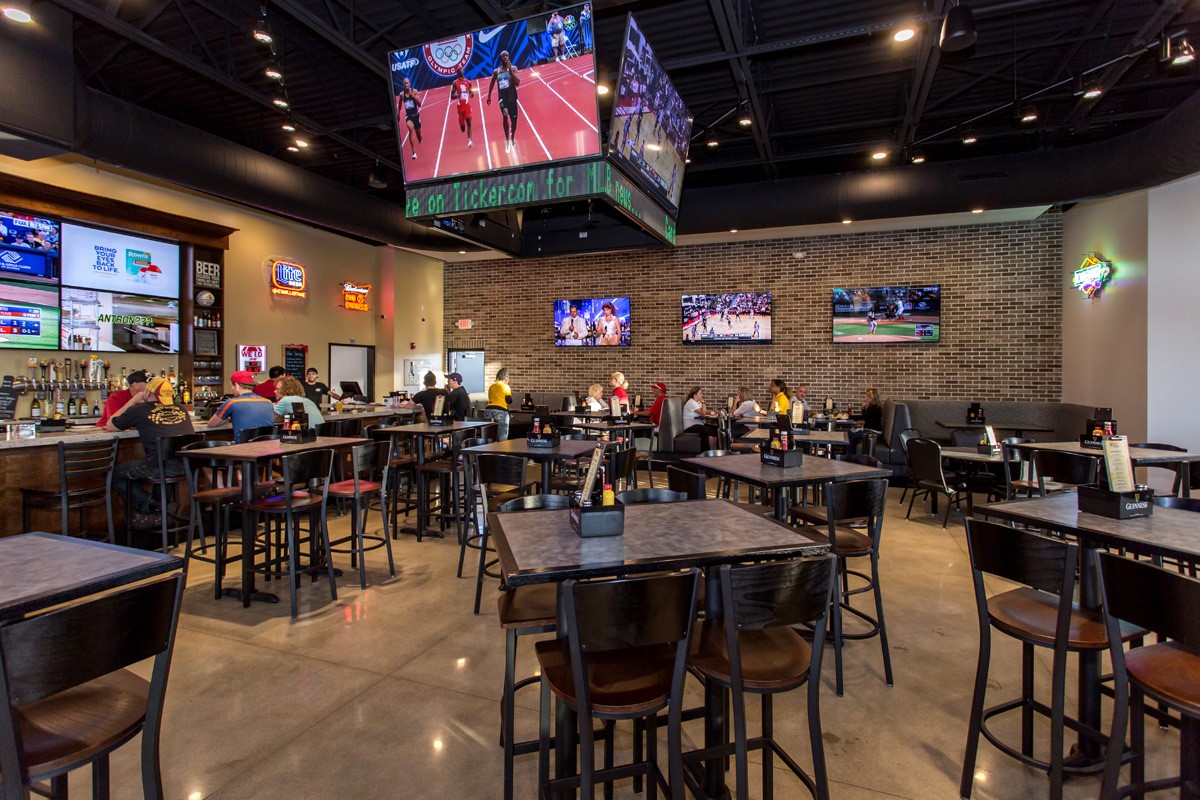Choosing the Ideal Surveillance CCTV System to Protect Your Business Resources and Improve Security
Choosing the Ideal Surveillance CCTV System to Protect Your Business Resources and Improve Security
Blog Article
Selecting the right security camera system is essential for protecting business assets and guaranteeing the security of employees and clients. A properly-structured security camera system can deter crime, observe activities, and provide valuable proof in the event of incidents. When choosing a system, it is vital to consider various elements, including the type of cameras, the configuration of the property, and the specific security requirements of the business. By understanding these factors, business owners can make informed decisions that improve their overall security strategy.
One of the first steps in choosing a security surveillance system is to determine the varieties of cameras needed. There are several options available, including bulb cameras, cylinder cameras, and PTZ (pan-tilt-zoom) cameras. Dome cameras are often utilized for indoor surveillance due to their discreet design, while cylinder cameras are more appropriate for outdoor use because of their robustness and long-range capabilities. PTZ cameras offer versatility, allowing users to from a distance control the camera's position. Comprehending the strengths and disadvantages of each type can help businesses select the right cameras for their specific environments.
Another crucial consideration is the design of the premises. Conducting a thorough assessment of the premises can help identify at-risk areas that need monitoring. Busy zones, entrances, and parking lots are key locations where security cameras should be installed. Additionally, it is essential to consider the lighting conditions in these areas. Some cameras are equipped with night vision features, which can be advantageous for monitoring during dim conditions. By carefully placing cameras in key locations, businesses can enhance their surveillance reach and improve overall security.
The management and handling of video footage is another crucial aspect of a security surveillance system. Businesses must decide whether to use local storage, such as DVRs (digital video recorders), or cloud-based storage solutions. Local storage can provide quick access to footage but may require regular maintenance and upgrades. On the flip hand, cloud storage offers remote access and can be more scalable, allowing businesses to expand their systems as needed. It is important to evaluate the pros and cons of each choice to decide which storage option aligns most with the business's requirements and budget.
Finally, it is essential to consider the integration of the security camera system with other security protocols. Many businesses gain from integrating video surveillance with alarm systems, access control, and monitoring services. This integrated approach can provide a holistic security system that enhances overall safety. Additionally, training employees on how to use the system efficiently can enhance response times in case of emergencies. By taking these steps, businesses can establish a strong security framework that not only protects their property but also promotes a safe environment for everyone look at this now on the property.